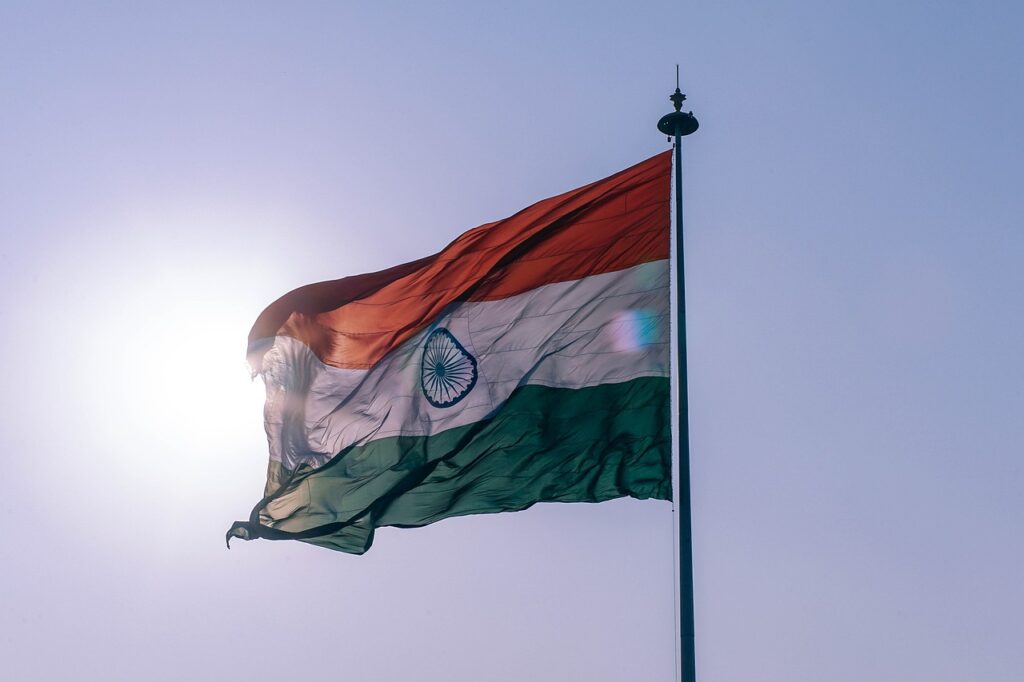Indian Oil Corporation’s (IOCL) decision to construct the country’s largest green hydrogen facility—targeting 10,000 tonnes per year by 2027—marks a pivotal step in the decarbonization of India’s refinery sector.
Located at the Panipat refinery in Haryana, the project reflects the operationalisation of India’s National Green Hydrogen Mission and introduces one of the first large-scale applications of renewable hydrogen in downstream oil and gas infrastructure.
Set to operate under a build-own-operate framework by engineering major Larsen & Toubro (L&T), the plant will use electrolysis powered by renewable energy to produce green hydrogen, replacing fossil-derived hydrogen currently used in hydrocracking and desulfurization processes. The switch is expected to significantly reduce Scope 1 and 2 emissions at one of IOCL’s flagship refining complexes. At full capacity, the plant is projected to supply a continuous stream of low-carbon hydrogen for core refinery operations—something few industrial projects in India have yet attempted at scale.
The price point—finalized at INR 397 (approximately USD 4.75) per kilogram—places the plant near the lower edge of global cost benchmarks for green hydrogen, which currently range between USD 4–7/kg depending on local renewable electricity prices and electrolyzer costs. This makes the Panipat facility not just a proof of concept but a price signal within the Indian market. If L&T maintains this cost performance, it could validate the competitiveness of Indian green hydrogen in industrial substitution contexts without heavy subsidy reliance.
Critically, IOCL’s green hydrogen investment sits within a broader infrastructure and policy ecosystem. India’s Green Hydrogen Mission, launched in 2023, outlines a 5 MMT per annum production target by 2030, with cross-sectoral demand-side interventions in refining, steel, fertilizer, and transport. As the largest public-sector refiner in the country, IOCL’s deployment of green hydrogen at an operational refinery—rather than as a standalone project—offers a more integrative blueprint than pilot-scale initiatives seen elsewhere.
The Panipat refinery alone consumes tens of thousands of tonnes of hydrogen per year. With no mention of blending ratios in the current project scope, it is assumed that the green hydrogen will be directly substituted for SMR-based supply in select process units, rather than exported or stored for later use.
On the renewable energy front, IOCL is also ramping up upstream generation capacity. Through its subsidiary Terra Clean, the company has committed INR 1,086 crore to develop 4.3 GW of renewable assets, positioning itself to feed electrolysis units across its operations without depending on grid-based renewable power purchase agreements (PPAs). This vertically integrated approach strengthens the commercial viability of its hydrogen projects, particularly in an era of rising grid congestion and PPA uncertainty.
Looking ahead, the real test will be scale. With 70% of India’s current hydrogen demand located in refining and fertilizer, replication of the Panipat model across other IOCL assets—or adoption by Bharat Petroleum and Hindustan Petroleum—will determine whether green hydrogen can transition from niche application to sectoral standard. Grid infrastructure, water availability, and electrolyzer supply chains will all shape the pace of this expansion.
Stay updated on the latest in energy! Follow us on LinkedIn, Facebook, and X for real-time news and insights. Don’t miss out on exclusive interviews and webinars—subscribe to our YouTube channel today! Join our community and be part of the conversation shaping the future of energy.





